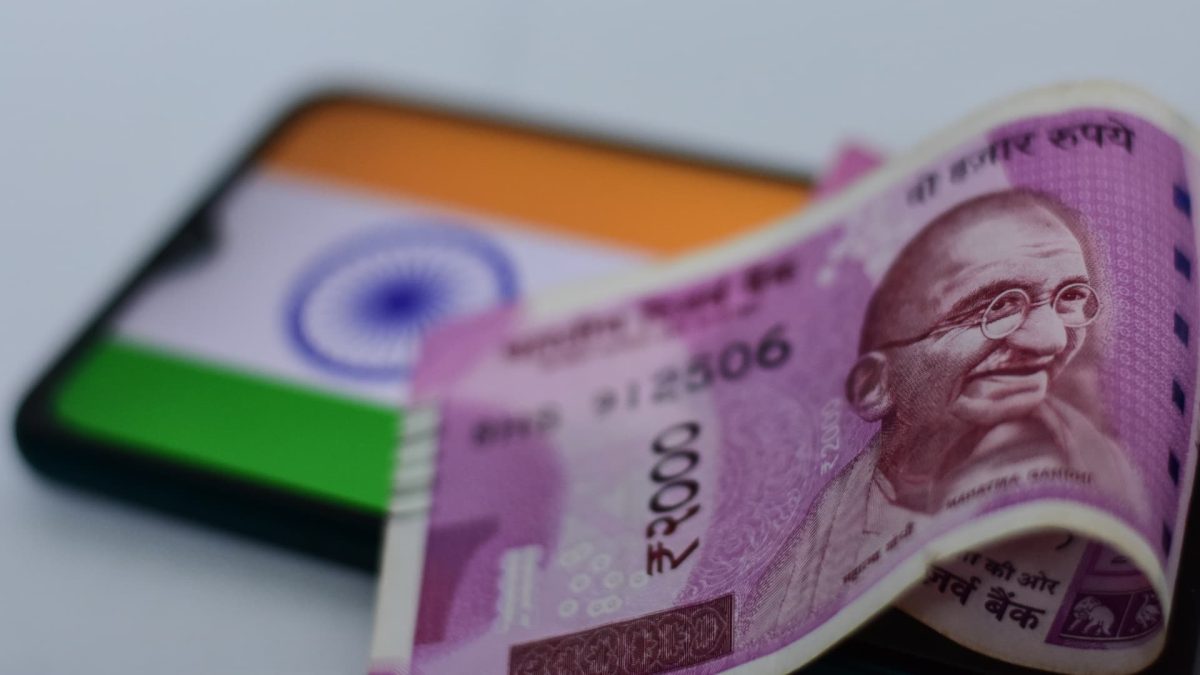Finance Minister Nirmala Sitharaman revealed that the Reserve Bank (RBI) will launch a digital rupee in the next fiscal year, as the Finance Minister said that the digital rupee will be the digital currency of the central bank, which will be launched in 2022-23.
A Central Bank Digital Currency (CBDC) is a digital currency issued by the Reserve Bank of India on legal tender, and according to the Reserve Bank of India, it will be a currency issued by the Central Bank but will be different from paper or polymer.
How is it different from a physical rupee?
The digital currency cannot be burned or destroyed so once issued they will always be there while this is not the case with notes.
Since it is economic there has been a lot of interest in digital central bank currencies around the world however, so far only a few countries have been able to go ahead with the pilot project in this matter. CBDC is an electronic record or digital token of the official currency of any country.
digital rupee
Jaya Vaidhyanathan, CEO of BCT Digital, said, “Unlike private cryptocurrencies that have no intrinsic value through the assets that support them, RBI’s CBDC will simply be a digital equivalent of a physical rupee, meaning that a CBDC can be exchanged for a specific value of rupees as soon as possible. Its entry into circulation means that the digital currency will be worth the same value as physical money, just as 10 rupees coin and 10 rupees currently have the same value.”
With cryptocurrencies such as Bitcoin volatile these days, the risks of private cryptocurrencies are now well known. The government’s cautious approach to the introduction of cryptocurrencies (it has not yet been rolled out despite announcing a beta launch early last year itself) may reflect this. However, we can’t get rid of a baby with bath water – the benefits of blockchain technology are too great for any government to overlook.
A CBDC can (1) help easily control monetary policy, (2) provide timely relief measures in unforeseen situations such as a pandemic, (3) track tax collections efficiently, (4) help track financial inclusion quickly from Through direct transfers to citizens’ mobile phones at low cost, and (5) help prevent financial crimes due to the digital nature of transactions and the existence of a public ledger.
A currency has three characteristics – it acts as a store of value, as a unit of account and a medium of transactions. The Central Bank of Oman fulfills these requirements beautifully if implemented well, as it combines the legitimacy associated with a respectable central bank along with the advantages of blockchain technology.
The CBDC connects the central bank directly to the citizens, as the blockchain relieves the need for multiple financial intermediaries for the flow of money in the economy and that means two things: lower transaction costs for end users.
The Bank for International Settlements sets digital currencies for the monetary system of the future
As well as the immunity of money “It is kept in the currency to events like bank failures etc. where the currency is directly controlled by the central bank,” Vaidhyanathan said.
For citizens, a central bank digital currency can lead to cheaper, faster and more secure transactions (instant payments facilitated by the blockchain.

